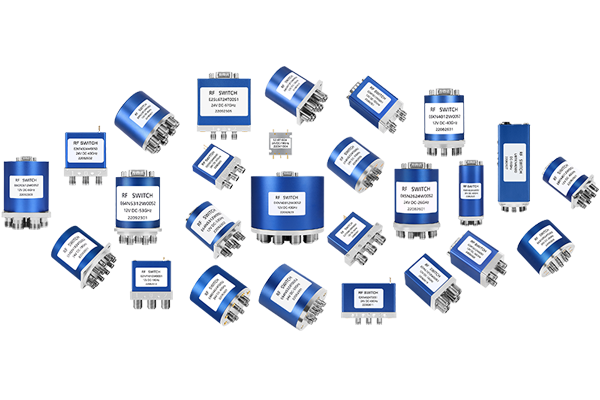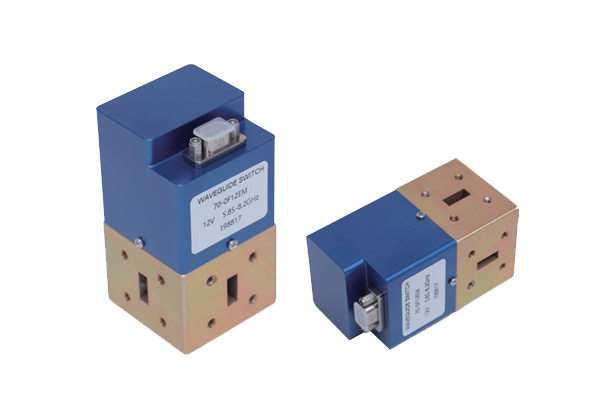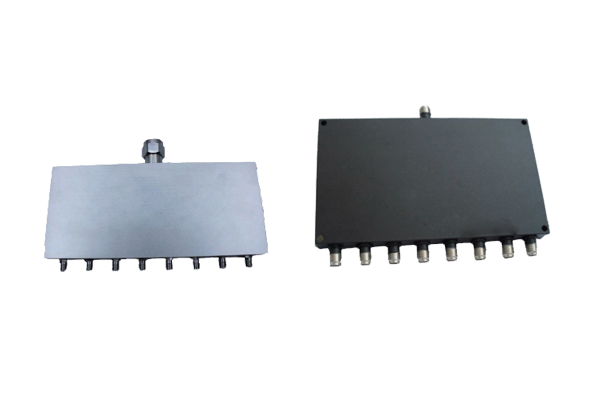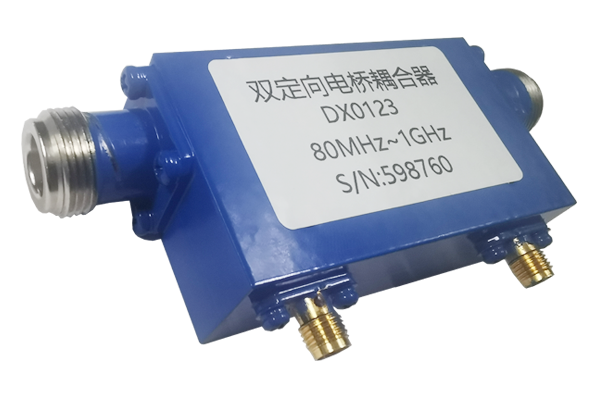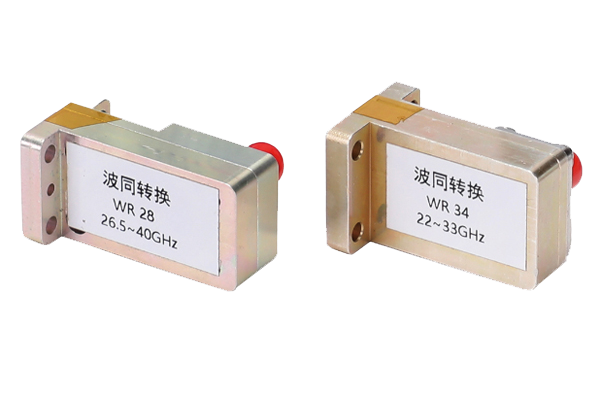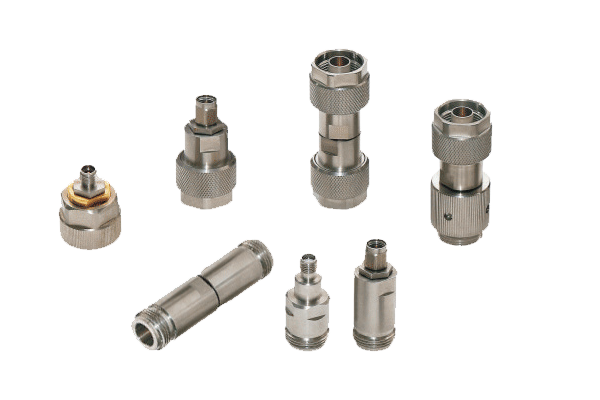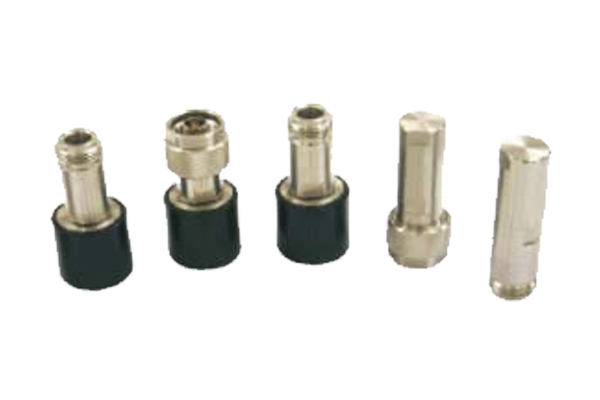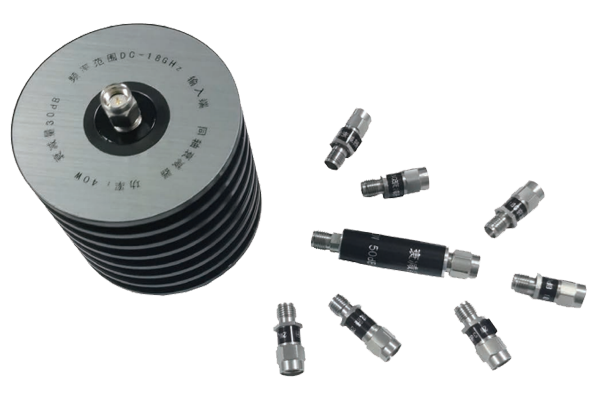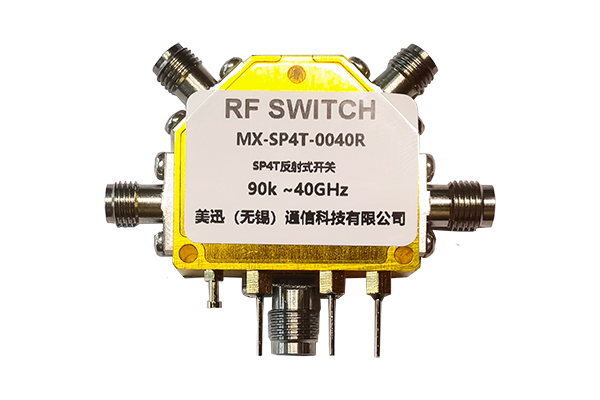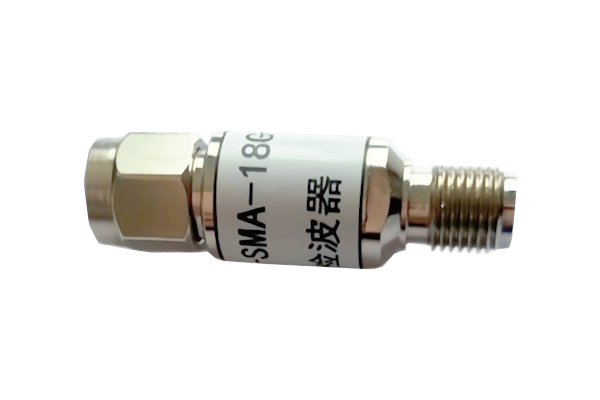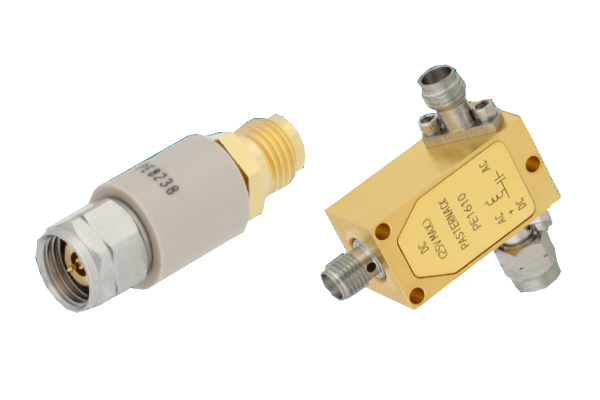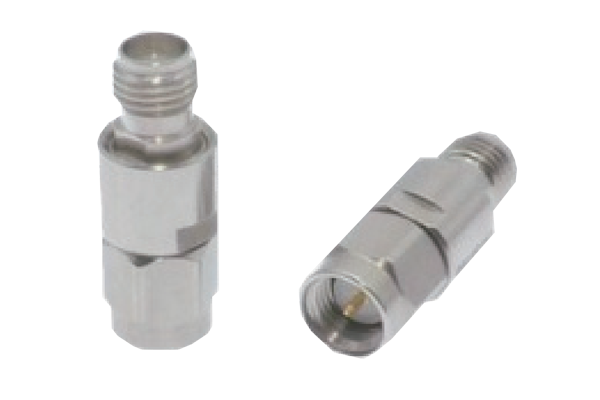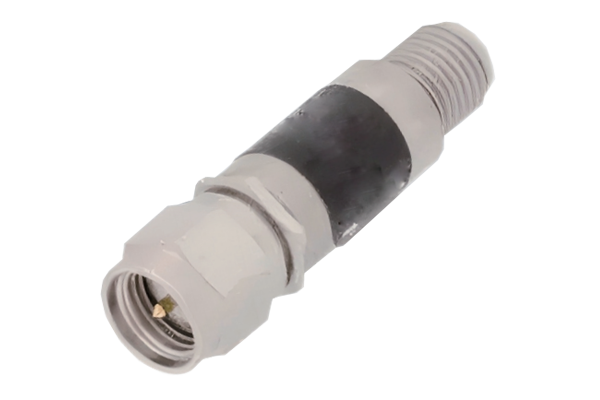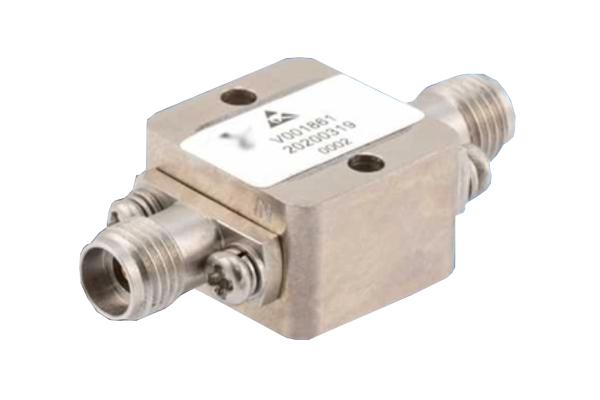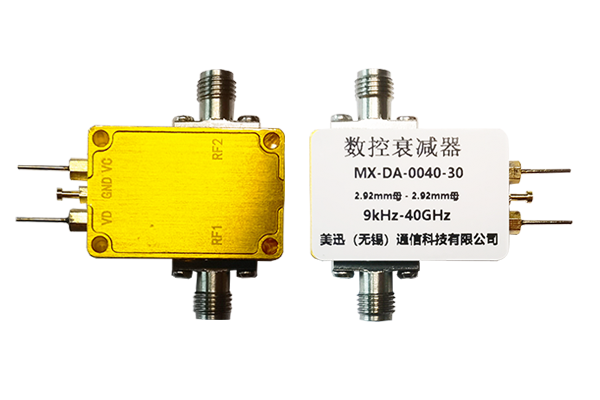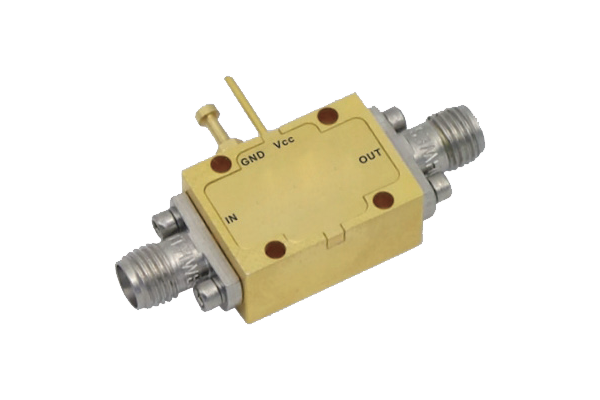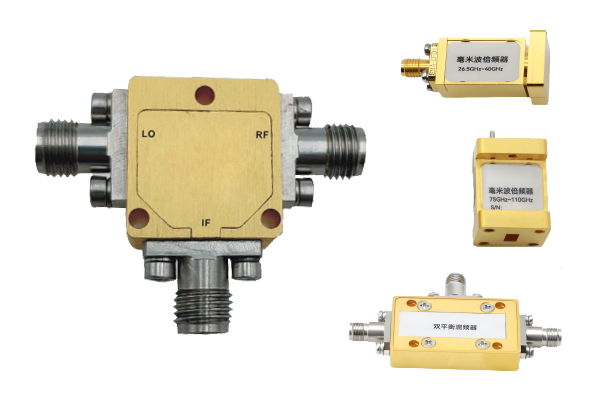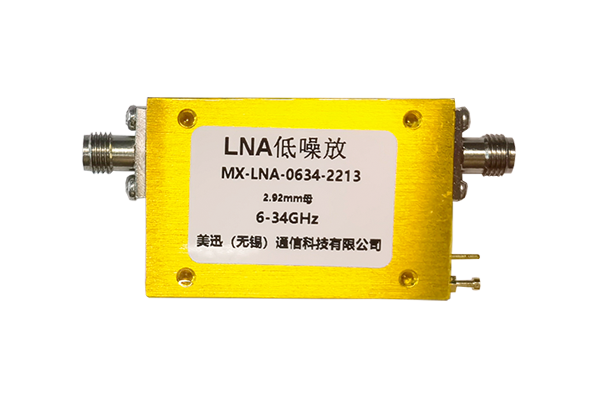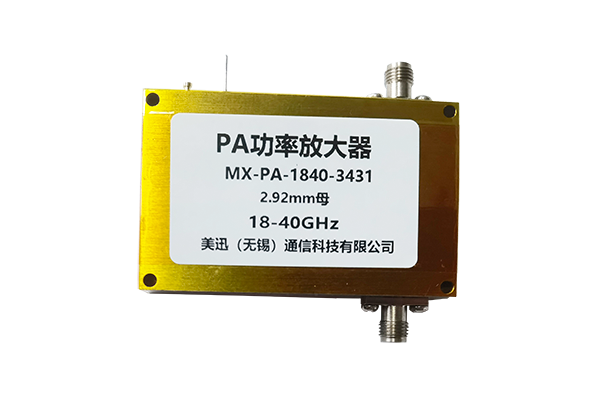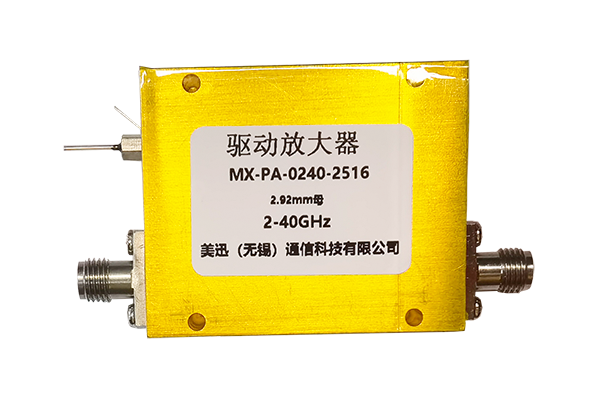What are the performance indicators of waveguide switches
Waveguide Switch Performance Indicators
The performance indicators of waveguide switches are key to evaluating their functionality across different applications.
Critical Performance Parameters
Essential metrics for waveguide switch evaluation:
- Insertion loss characteristics
- Channel isolation performance
- Switching speed capabilities
- Power handling capacity
- Frequency range compatibility
- VSWR measurements
- Reliability metrics
- Environmental tolerance
Insertion Loss
Measures signal attenuation when the switch is in the "on" state. Ideal values <0.5 dB minimize signal degradation in the transmission path.
Isolation
Indicates signal leakage in the "off" state. Typical requirements >60 dB prevent interference between channels in multi-path systems.
| Parameter | Performance Standard | Importance |
|---|---|---|
| Switching Speed | Sub-millisecond | Critical for radar/communication systems needing rapid signal routing |
| Power Handling | System-dependent (typically kW range) | Determines maximum input power without damage (crucial for aerospace radar) |
| Frequency Range | Must match system band | Ensures stable performance across specified wavelengths |
Additional Quality Indicators:
- VSWR <1.2:1 indicates excellent impedance matching
- High MTBF (Mean Time Between Failures) for industrial reliability
- Robust environmental tolerance (temperature, vibration, humidity)
Environmental Specifications
Waveguide switches must maintain specified performance under various environmental conditions including temperature extremes (-40°C to +85°C for military applications) and mechanical vibrations (up to 5g for aerospace use).



